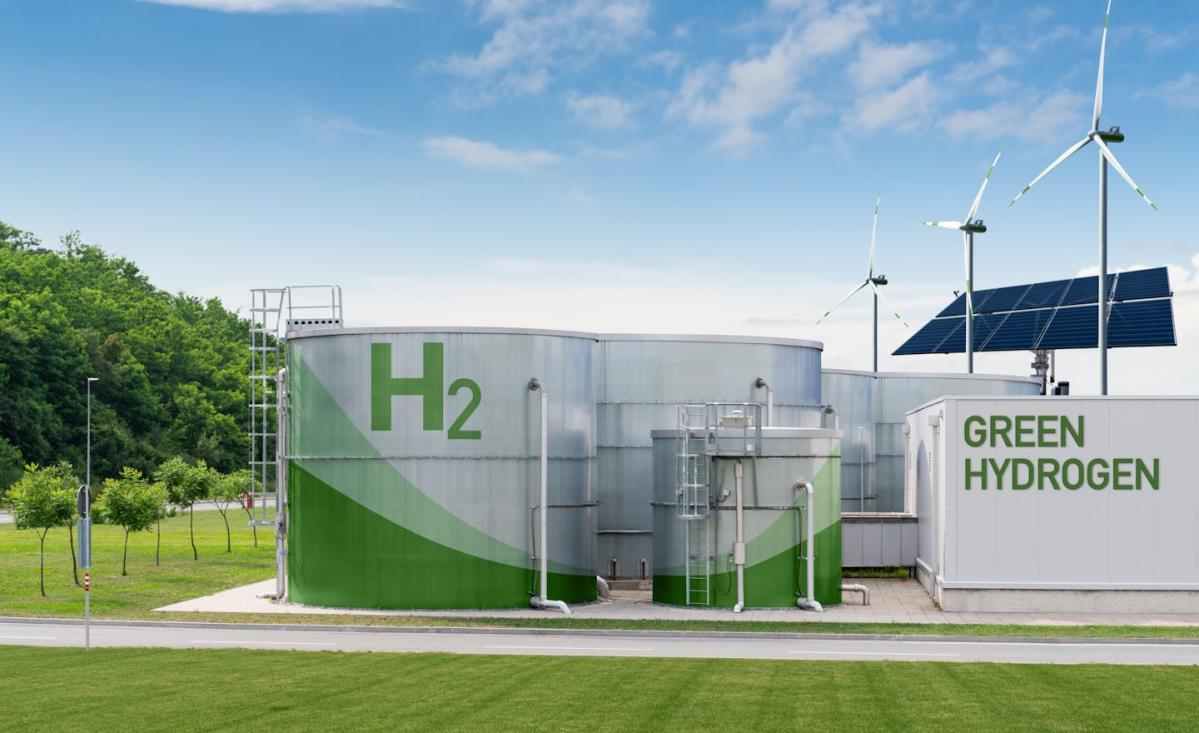The recent cancellation of a deal to deliver hydrogen-powered trucks to New Zealand, along with the removal of a £6.3 million government rebate scheme for green hydrogen users in the 2024 budget, has cast doubt on the future of this much-touted energy technology.
The government had previously invested £4.1 million in the purchase of up to 25 heavy freight hydrogen trucks as part of a wider energy strategy due by the end of the year. However, the US company Hyzon, responsible for modifying diesel trucks to run on hydrogen, withdrew from the deal at the eleventh hour.
Despite this setback, interest in hydrogen as a fuel source for transport and energy systems has surged globally, and New Zealand is no exception. However, critical voices have been largely absent from the debate.
From 2017 to 2023, the government allocated £118.3 million towards green hydrogen projects, supporting a hydrogen refuelling network, vehicle conversions and purchases, research, and the establishment of the New Zealand Hydrogen Council, now known as Hydrogen New Zealand.
Proponents of green hydrogen, which is produced using renewable electricity, argue it is essential for decarbonising sectors that are difficult to electrify directly, such as heavy road transport, shipping, and fertiliser production. However, opinions differ on the most appropriate sectors to focus on and whether hydrogen is the best solution.
The Narrative Shift:
The 2019 H2 Taranaki roadmap outlined a vision for the region to become a leading producer of hydrogen. Former energy minister Megan Woods reinforced this vision, expressing the government's interest in associated economic opportunities. This positive narrative continued in two further government reports.
"A Vision for Hydrogen in New Zealand" stated that "Hydrogen is poised to fulfil its potential as a clean alternative to hydrocarbons in the global pursuit of decarbonisation to address climate change."
The "Interim Hydrogen Roadmap" aimed to "optimise the potential for green hydrogen to contribute to New Zealandâs emissions reductions, economic development, and energy sector to the extent compatible with our broader electrification goals."
An analysis of these reports revealed a strong emphasis on opportunities and challenges, while weaknesses and threats were entirely absent. Strengths were primarily linked to New Zealand's geographical advantages for hydrogen production.
This optimistic tone is reflected in descriptions of numerous government-funded projects, including green hydrogen research at GNS Science and international collaborations such as the German-NZ Green Hydrogen alliance.
Media reports have largely mirrored this enthusiasm, with only 18% of 83 articles published between 2019 and 2023 containing any critical analysis.
The Need for Critical Voices:
While some experts have voiced concerns about green hydrogen, these have not been prominent in the New Zealand debate.
Research by University of Cambridge engineering expert David Cebon suggests that battery electric vehicles are superior to hydrogen vehicles for heavy transport. This is further supported by the emergence of fast battery-swap systems, offering an alternative to high-powered charging stations.
Climate and energy strategist Michael Barnard, who extensively covers the green hydrogen debate, writes: "Since 2000, application after application of hydrogen has found it to be inefficient, ineffective and expensive compared to obvious alternatives."
A German rail company, which launched the world's first hydrogen line last year, has since opted for cheaper all-electric trains. Rising costs have also forced one Austrian state to abandon plans to introduce hydrogen buses.
Recent research suggests that advancements in battery-run and fast-charging electric trucks could soon make hydrogen fuel cells redundant for road transport in most cases.
UK energy analyst Michael Liebreich has quantified the immense scale, impracticalities, subsidies, and costs associated with green hydrogen. His "hydrogen ladder" provides an evidence-based ranking of actual and potential hydrogen uses, guiding resource allocation. Based on this, the previous government's funding for green fertiliser production, which uses hydrogen as an input, was a sensible allocation.
A New Narrative for Green Hydrogen:
The previous government's commitment to finalise New Zealand's hydrogen strategy and develop a comprehensive energy strategy remains in place. However, a more nuanced perspective is needed.
It is crucial to acknowledge that hydrogen is an energy carrier, requiring production from other sources of energy, rather than an energy resource like solar, wind, or hydro.
New Zealand needs an adaptable approach to decarbonising "hard-to-abate" sectors of the energy system. Critiques of green hydrogen must be incorporated into the discussion to enable informed decision-making.
Government policy should be guided by independent advice, free from commercial interests. A new narrative for green hydrogen will allow for the prioritization of applications with the best potential to achieve New Zealand's decarbonisation and sustainability goals. This could include key industries transitioning from fossil fuels to hydrogen for the production of green steel, green ammonia and fertiliser, and green methanol.
By embracing a more critical and nuanced perspective on green hydrogen, New Zealand can ensure its limited resources are invested strategically, ultimately achieving its sustainability aspirations.
Article
Business

Green Hydrogen in New Zealand: Hope or Hype?

